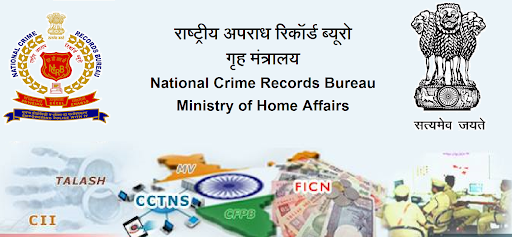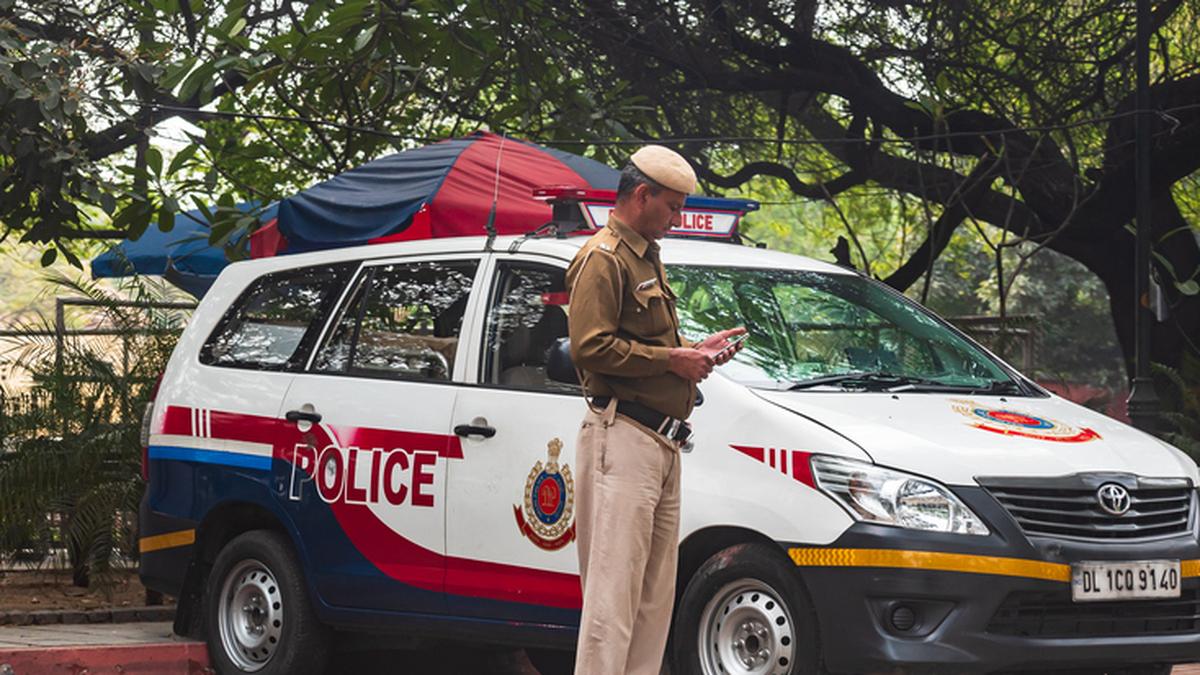Description
Copyright infringement not intended
Picture Courtesy: INDIANEXPRESS
Context
The National Crime Records Bureau (NCRB) has released the "Crime in India 2023" report, revealing a 7.2% increase in total registered crimes compared to 2022.
About the National Crime Records Bureau (NCRB)
- Establishment: It was set up in 1986 under the Ministry of Home Affairs (MHA).
- Mandate: To function as a central repository of information on crime and criminals to aid investigators.
- Key Functions:
What are the Key Findings of the Crime in India 2023 Report?
Overall Crime Trend
- A crime was registered every five seconds on average, with total cases reaching 6.24 million.
- The overall crime rate (crimes per lakh population) rose from 422.2 in 2022 to 448.3 in 2023.
- Crimes under the Indian Penal Code (IPC) increased by 5.7%, while those under Special and Local Laws (SLL) saw a rise of 9.5%.
Surge in Cybercrime
- Cybercrime saw a sharp surge of 31.2% in 2023, with fraud, extortion and sexual exploitation accounting for the majority of cases
Crimes Against Vulnerable Sections
- Crimes Against Women: Increase of 0.7% was recorded, with a total of 4.48 lakh cases. The most prevalent crimes were 'Cruelty by Husband or His Relatives' (29.8%), followed by 'Kidnapping & Abduction of Women' (20%).
- Crimes Against Children: Cases rose by 9.2%. Kidnapping and abduction (45%) and offenses under the POCSO Act (38.2%) were the major categories.
- Crimes Against Scheduled Castes (SCs): A marginal increase of 0.4%. Uttar Pradesh reported the highest number of cases, followed by Madhya Pradesh and Bihar.
- Crimes Against Scheduled Tribes (STs): An alarming surge of 28.8% was registered. Manipur and Madhya Pradesh reported a high number of cases.
- Police and Judicial Efficiency: The charge-sheeting rate for IPC cases saw a minor improvement, rising from 71.3% to 72.7%. The conviction rate for IPC crimes remained stagnant at 54%, highlighting persistent challenges in prosecution and the judicial process.
What is Driving the Surge in Cybercrime?
The report clearly indicates that the new frontier of crime is digital. Several factors are fueling this trend:
- Mass Digitalization and Low Awareness: India has over 1 billion internet users, many of whom are first-time users with low digital literacy. This makes them easy targets for phishing, vishing, and other online scams.
- Increasing Sophistication of Criminals: Cybercrime has become highly professionalized. Criminals can now rent hacking tools, phishing kits, and botnets, allowing them to launch sophisticated and targeted attacks.
- The Cross-Border Challenge: Many cybercrime operations are run from other countries, creating complex jurisdictional and legal hurdles for Indian law enforcement agencies.
- The Privacy Deficit: Frequent data breaches and the illegal sale of personal data on the dark web provide criminals with the information (phone numbers, Aadhaar details, financial records) needed to carry out highly targeted social engineering attacks.
Conclusion
The "Crime in India 2023" report provides insights into the state of public safety. It reveals a clear shift from traditional violent crimes towards more sophisticated, technology-driven economic offenses.
Source: INDIANEXPRESS
|
PRACTICE QUESTION
Q. An increase in reported crime does not necessarily mean a rise in actual crime. Discuss. 150 words
|
Frequently Asked Questions (FAQs)
The NCRB is an agency under the Ministry of Home Affairs, established in 1986. It serves as the repository of information on crime and criminals, assisting law enforcement agencies in linking crime to its perpetrators.
The NCRB collects data through the Crime and Criminal Tracking Network and System (CCTNS), which is a nationwide initiative to create a comprehensive and integrated system for effective policing. State and Union Territory police departments enter data into this system, which is then compiled and analyzed by the NCRB.
Uttar Pradesh and Bihar reported the highest number of murders in 2023, while Delhi had the highest crime rate per lakh population.









